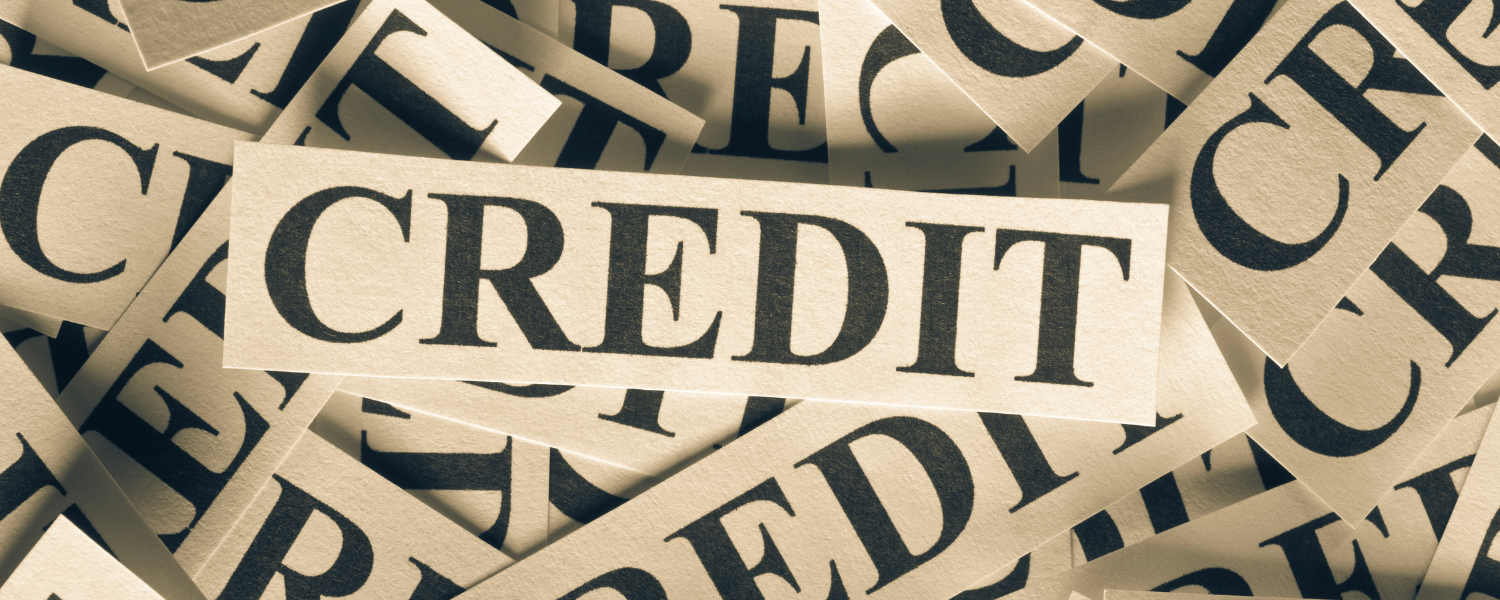For any organisation, accounts receivable or AR is the outstanding balance of money or invoices that its customers owe. It’s essentially an IOU. While the accounts receivable process is beneficial for any business, it comes with its problems.
Therefore, it’s important for companies to devise a robust strategy to mitigate the risks associated with their accounts receivable function. This article will give insights into accounts receivable and how you can create a substantial account receivable process.
What is An Accounts Receivable?
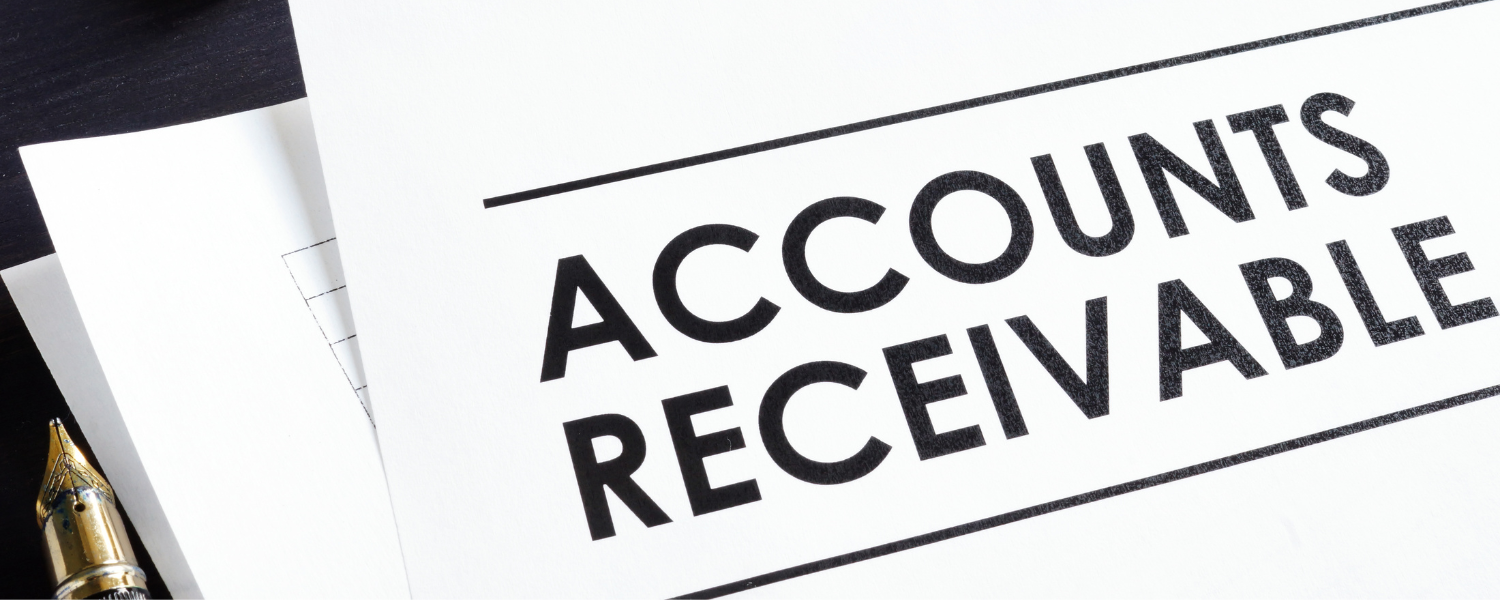
This is very common for utility companies providing services such as electricity, telephone, or internet. Here, the customer pays for the services after using them. In instances where a company awaits payment for services that have already been supplied and used, the unpaid invoices are known as accounts receivable.
Accounts Receivable Process Workflow

The Process Flow of Accounts Receivable is Mentioned Below-
1. Sale or Delivery 
2. Invoice 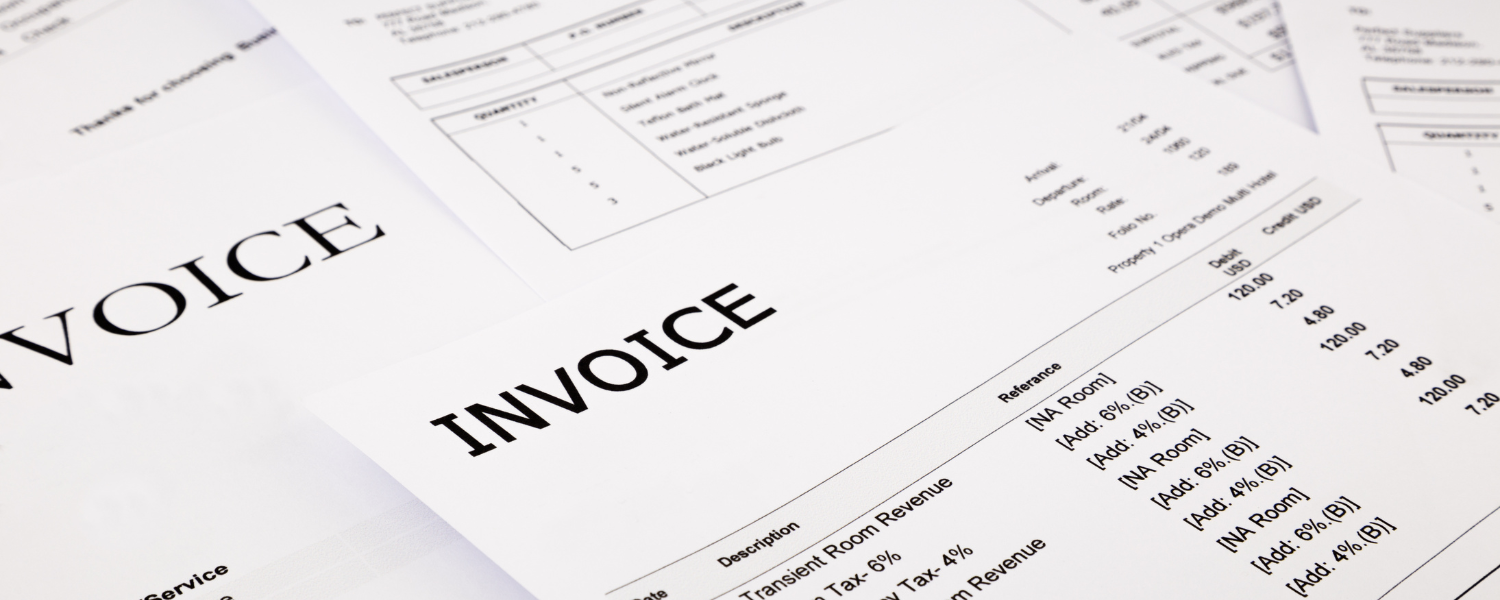
3. Payment collection
After the customer gets the invoice, he has around 30 days to make the payment.
4. Reconciliation 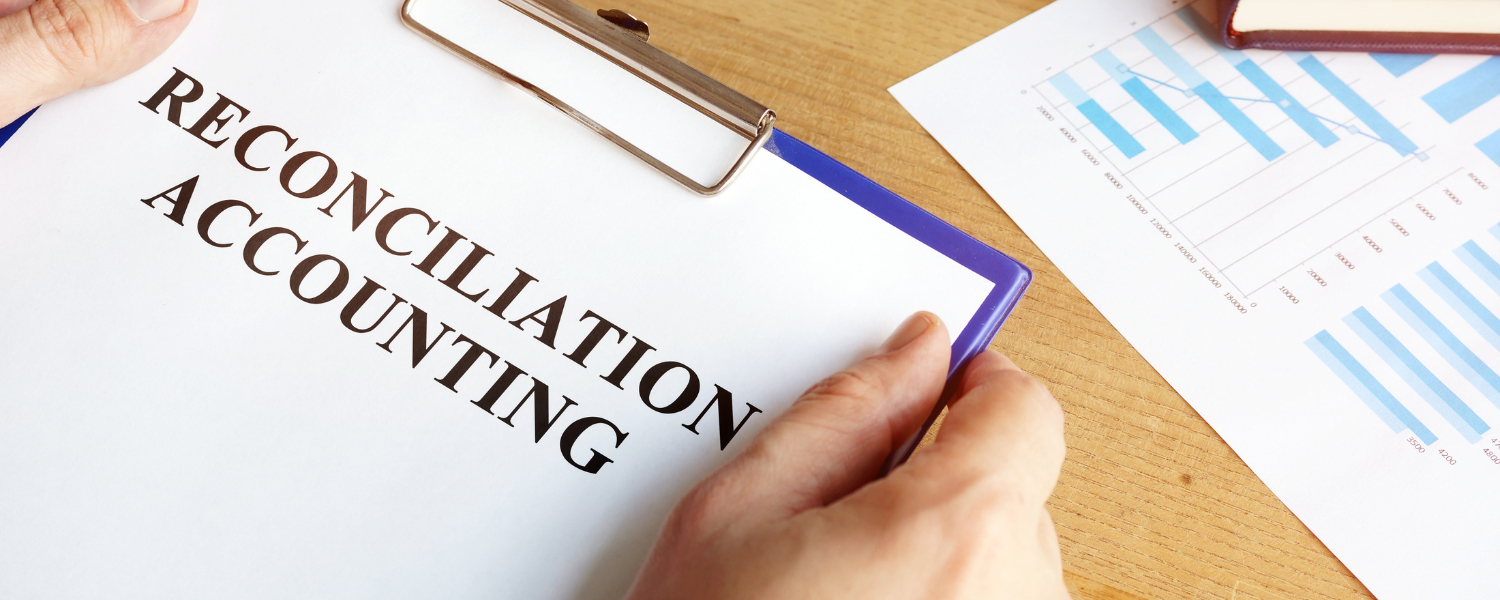
Some Other Steps Involved Might Include-
● Sending payment reminders in-between the month.
● Sending reminders for late payment.
● Escalating the matters of late payment.
10-Step Accounts Receivable Process
Some businesses have an accounts receivables process in place already but have not introduced a strategy to ensure their success. Therefore, we have developed a step-by-step process for account receivables to make it effective and profitable for organisations.
1. Determine the Eligibility And The Source Of Credit Extension.
You should devise a strategy to determine how you will collect the receivables from the customer. At this stage, you should also decide who is eligible for this scheme. For example, some organisations run a credit check to see if the applicant is creditworthy or not.
To check this, they take necessary details such as the customers' names, contact information, employment information, address history and social security number. For businesses, data such as the contact details of the AR department or references from other companies that have extended credit must be taken.
2. Create a Plan for Collection 
To make this plan airtight, you should create a business agreement while considering factors such as AR cash flow, payment history of the customer, industry standards etc. Both parties should also be content with the agreement that’s put into place.
3. Credit Laws Compliance 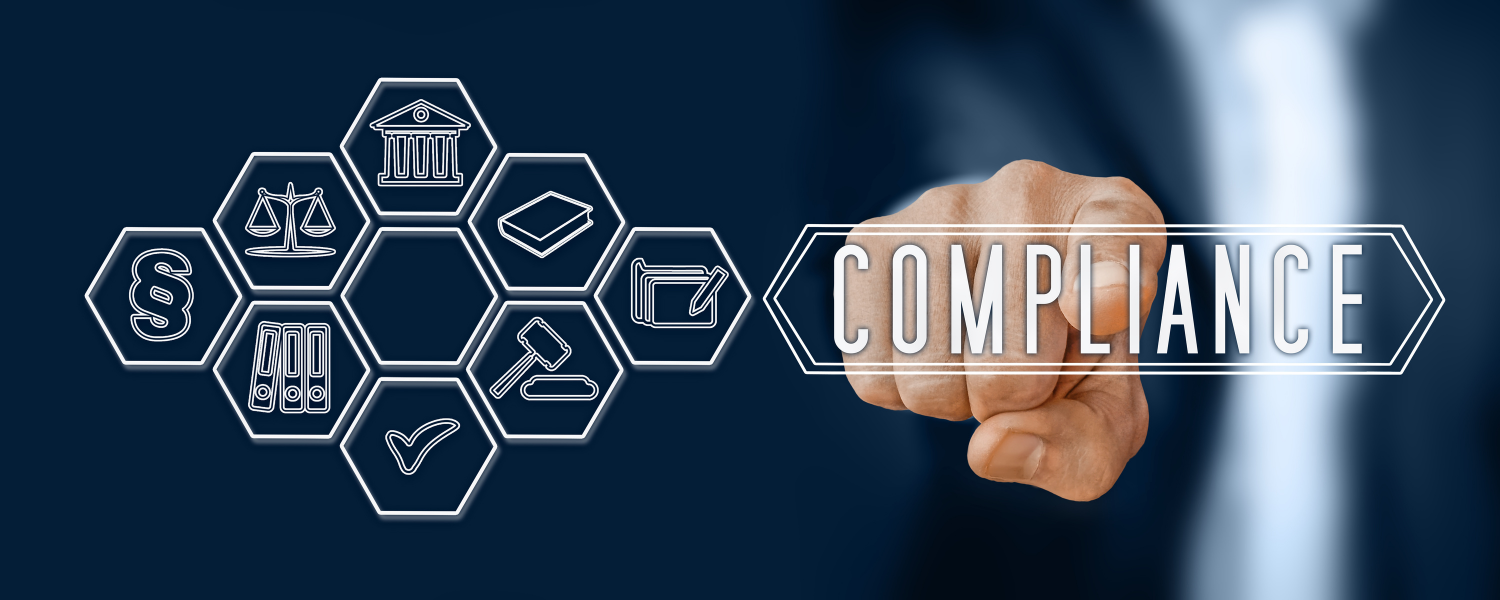
You should communicate with your customers about the interest rate, billing mistakes, rules for debt collection etc.
4. Send Invoices 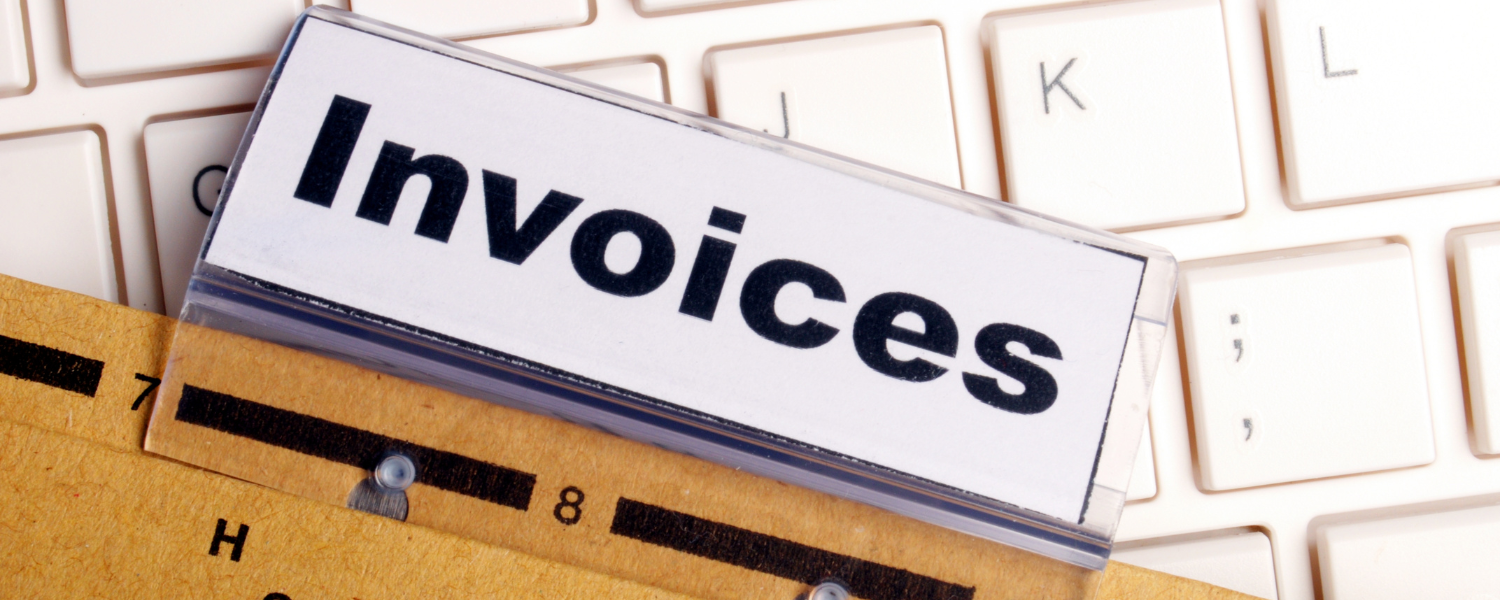
The invoice must contain information such as the invoice number, date, address of both parties, description of the product, amount due and the payment due date. This step is quite essential as it facilitates a sound system of acquiring account receivables.
5. Choose a Management System 
This software keeps track of invoices and payment due dates. The trial balance and other necessary data are present in one dashboard for easy access. All the data regarding sales are entered into the software, and invoices are created automatically.
6. Track The Collection Process 
You should have a policy that determines how long to wait before taking action on delayed payments. For example, you can allow your invoices to be overdue by 0-30 days, 31-60 days and so on. Based on this policy, you can send collectors or take legal action against the customers that did not make the payment timely.
7. Log-in Real-Time Charges and Expenses 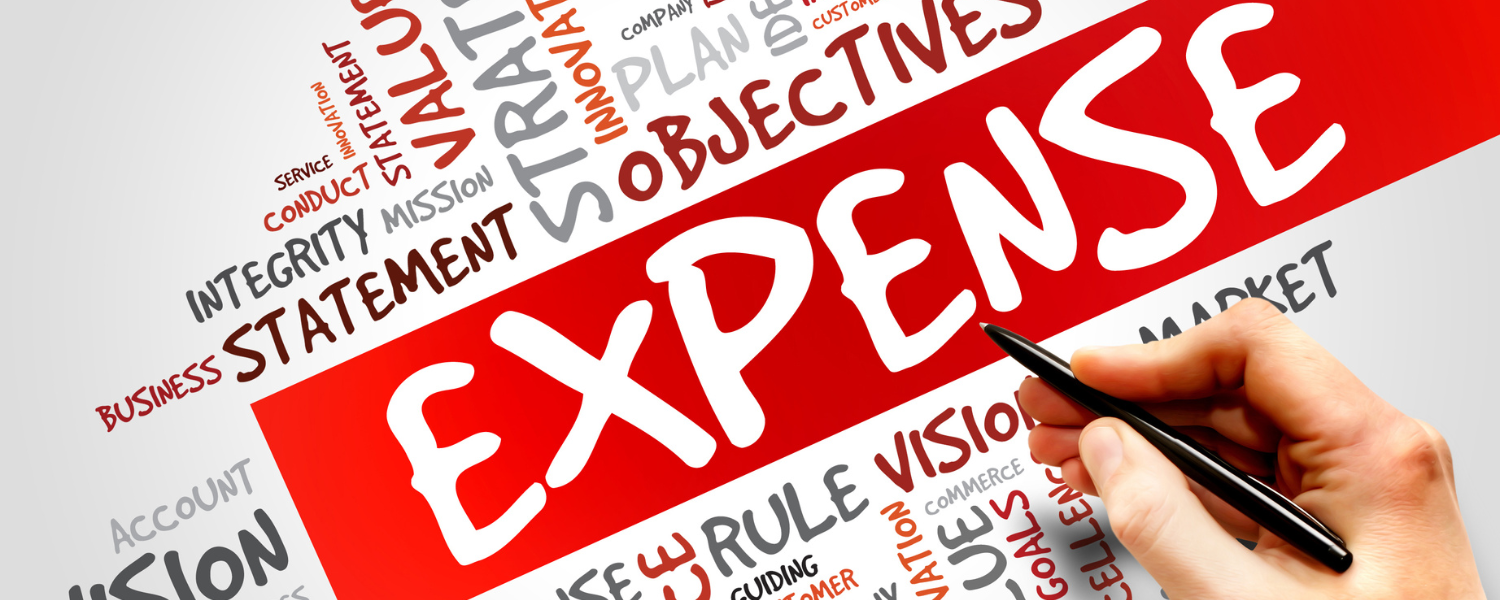
8. Give Your Customers Incentives For Making Early Payments. 
For example, giving them discounts and incentives every time they make an early payment might encourage them to make payments timely. You can highlight these incentives when you send reminders for the payments or the business agreement.
9. Maintain Relationships With the Customers
It is essential to constantly stay in contact with your customers and maintain good relationships with them if you want them to make timely payments.
The more they like you and your services, the more likely they will be to pay for them on a timely basis.
10. Create An Escalation Plan 
While the initial stages of the plan should be lenient, you can take stringent measures if you fail to get results even after a few tries. The collection teams can work by chasing late payments and creating or negotiating payment plans to facilitate customer debt collection.
Common Challenges Faced By an Accounts Receivables Process

While extending limits for valuable customers, you must be careful as it comes with heightened credit risk. If you have to face a circumstance where you need to involve a credit collection team, you should not let them ruin your relationship with your customer.
Apart from this, multiple operational risks can hinder the AR process. These include inaccuracies such as delays in invoicing, late payments, miscommunications in follow-up, etc.
Final Words
This guide has shown the importance of creating a smooth workflow for your accounts receivable process. You can take help from accounts receivable management software or a service provider who can carry out the process for you.
Everything becomes easier with automation, and the accuracy levels are also heightened, so once you’ve created the perfect strategy for your accounts receivables process, you should introduce software that can help you achieve full automation.
With Billsby, you can fully automate your invoices and the dunning process for when customers fail to pay on time. You can also seamlessly connect your Billsby account with supported accounting software to automatically populate your accounts receivables reports. So why not give Billsby a try today!



